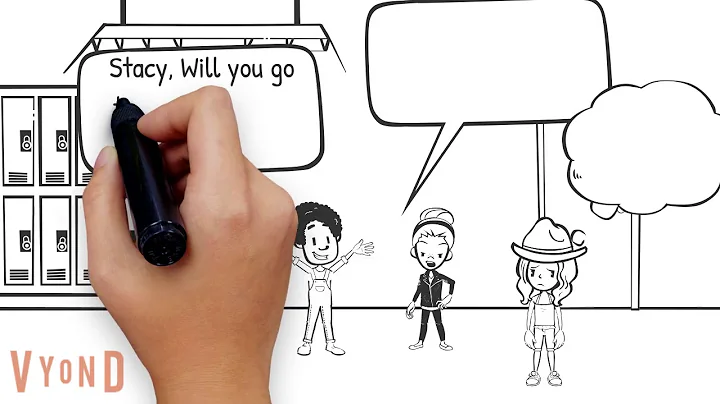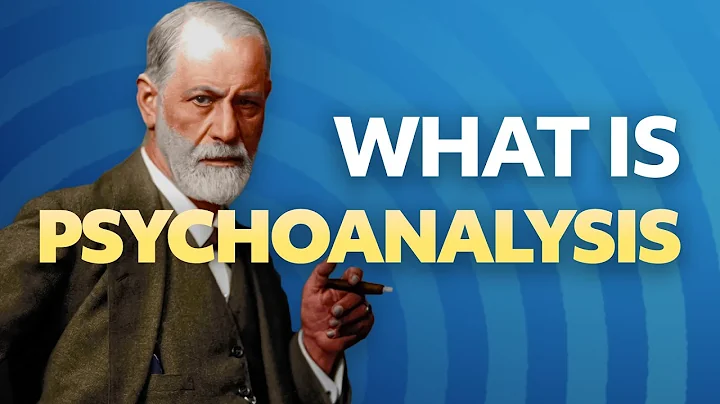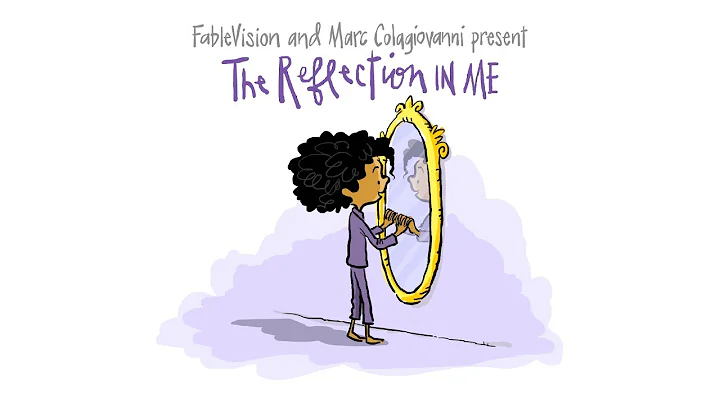
The origin of
Psychoanalysis before self-psychology, that is, the school represented by Freud and Anna Freud, divides personality into ego, id and superego, and the level of consciousness is divided into preconscious, Subconsciousness and consciousness are actually mechanistic cognitive paradigms: understanding the whole by studying the parts.
But people are not machines, nor can they be simply defined as a combination of id, ego, and superego. With the rise of the humanistic camp led by Carl Rogers, criticism of classical psychoanalysis has increased.
In this context, a big boss in the psychoanalysis camp established a separate branch, injecting humanistic elements into traditional psychoanalysis, developing and saving psychoanalysis. This boss is Heinz Kohut, and the school he founded is self psychology.
Self psychology is also considered to be the humanistic revolution of psychoanalysis.
Here is a brief reply on the history of psychoanalysis.
After more than 120 years of history, psychoanalysis has developed into the fourth generation today.
The first generation is classic psychoanalysis represented by Freud and Anna Freud;
The second generation is Klein, Fairbairn, Winnicott and the Object Relations School and Shakespeare. Levine's interpersonal psychoanalysis;
Self psychology combines classic psychoanalysis and object relations school (the concept of self-object is the concept of the fusion of the two), and is the third generation;
The fourth generation is relational/intersubjective psychoanalysis , a blend of self psychology and Sullivan's interpersonal psychoanalysis.
(for the introduction of these schools, please refer to the aforementioned notes)
core concepts
Before starting the description, first distinguish between the two concepts of [self] and [self].
Self, in English is ego, is sandwiched between the id and superego, the intermediate link linking the subconscious and consciousness, and is where defense occurs. The self is an integral part of the three-self personality structure.
Self, English is self, is an individual’s representation of the whole self, including a person’s consciousness, emotions, behaviors, thoughts, and even self-objects (this holistic perspective is basically the same as the proposition of Gestalt psychology consistent). The focus of self psychology is: How do I view myself .
Heinz-Kohut, the Three Poles of the Autobody, and the Way to Healing
Kohut was a loyal disciple of Freud at first. His theoretical transformation came from the research on clinical problems: Narcissistic personality disorder ( Freud started out by studying hysteria, Kohut started studying narcissistic personality disorder , and Alan Bell started studying depression ).
Freud believed that a baby’s initial libido is all directed toward the self, which he called “narcissistic libido.” Under normal development, the “narcissistic libido” part will turn toward external objects (parents) and become [Objective libido]. If this process is frustrated and the child cannot break out of the "autistic shell", narcissistic personality disorder or schizophrenia will develop.
[Narcissistic libido] and [Objective libido] wax and wane. For people with schizophrenia or narcissistic personality disorder, all their libido is turned toward themselves and enters [secondary narcissism] (the first level is primary narcissism [also called omnipotent narcissism], which is normal). They cannot empathize with the counselor, and they cannot be cured.
In Freud's theory, there is a contradiction between self-love and love for others. This is the point that Kohut attempts to reconstruct. He believes that the problem of patients with narcissistic personality disorder cannot be simply classified as "excessive" narcissism, but there is a problem with the basic way of experiencing oneself as a "self" (self-organization, self-feeling, self-focus).
Kohut believed that a healthy self contains three elements, and he became the three poles of the self: self-confidence, ideals and technical abilities . Self-confidence is closely related to self-efficacy and sense of competence.
expresses it in one sentence: knows where he wants to go (ideal), he also knows how to go (skills, abilities), and he is confident that he can achieve it (confidence).
To realize the three poles of the self, self-development must go through three stages to meet three needs:
1. Children need to feel that their bodies, movements, emotions, and intentions are seen to form basic self-confidence. This role is often that of the mother. ;
2. Children need to feel closely connected with powerful others to form ideal . This role is often the father;
3. Children need to cooperate with people who are similar to themselves to form skills .
An object that can satisfy these three needs of the self is also called a self-object . The selfobject becomes internalized as an important part of the self. For example, when people experience pain as adults, they will comfort themselves. This self-comfort comes from the initial comfort of my mother.
Kohut believes that individual problems are often caused by failure to complete these three stages, leading to stagnation in self-development. Treatment is to allow the client to go through these three stages again in the therapy room and in the counseling relationship.
At each stage, visitors will have different empathy :
1, mirror empathy. Clients feel seen and see themselves in the reflections of others.
2, idealized empathy. The client sees the counselor as perfect and powerful. And through the connection with the counselor, I feel that I am perfect and powerful.
3, twin transference/second self transference. The patient desires an essential resemblance to the analyst.
What the counselor has to do is to wait for the natural emergence of each transference in the relationship and satisfy it. In this way, the stagnant self-development of visitors will start again. Narcissism transforms from an infantilizing disorder into a source of vitality, meaning, and creativity.
(This concept is somewhat similar to what Winnicott advocated, where the counselor provides a holding environment to re-meet the client's needs in early childhood)
And his treatment method for such patients is: understand the experience from the patient's perspective . He calls it [ empathy immersion] and [substitute introspection] (empathy is a core concept in humanism), also called the "understanding-explanation" method. The emphasis is on understanding.
Understanding of sex and aggression
Freud believed that sex and aggression are human instinctive drives. Kohut did not think so. He believed that the two are secondary and secondary drives. It is a by-product of the frustration or disintegration of the self.. The self tries to retain some sense of vitality through these two.
Therefore, he believes that masturbation is not driven by drive (it should be said that it is not entirely driven by drive), but "the sad joy of frustrated self", and through masturbation, one can obtain proof that one is still alive and surviving.
The aggression and anger shown by patients during treatment do not represent inner strength, but are signs of fragile nature.
Summary
If Freud is concerned about whether people are normal or not, Kohut is concerned about whether people live meaningfully .
Freud said that judging whether a person is normal can be defined by his ability to work and love. Kohut said that these two items alone are not enough, a person also needs the ability to be happy and proud of his ability to work and love. Without this inner activity, success is hollow.





















